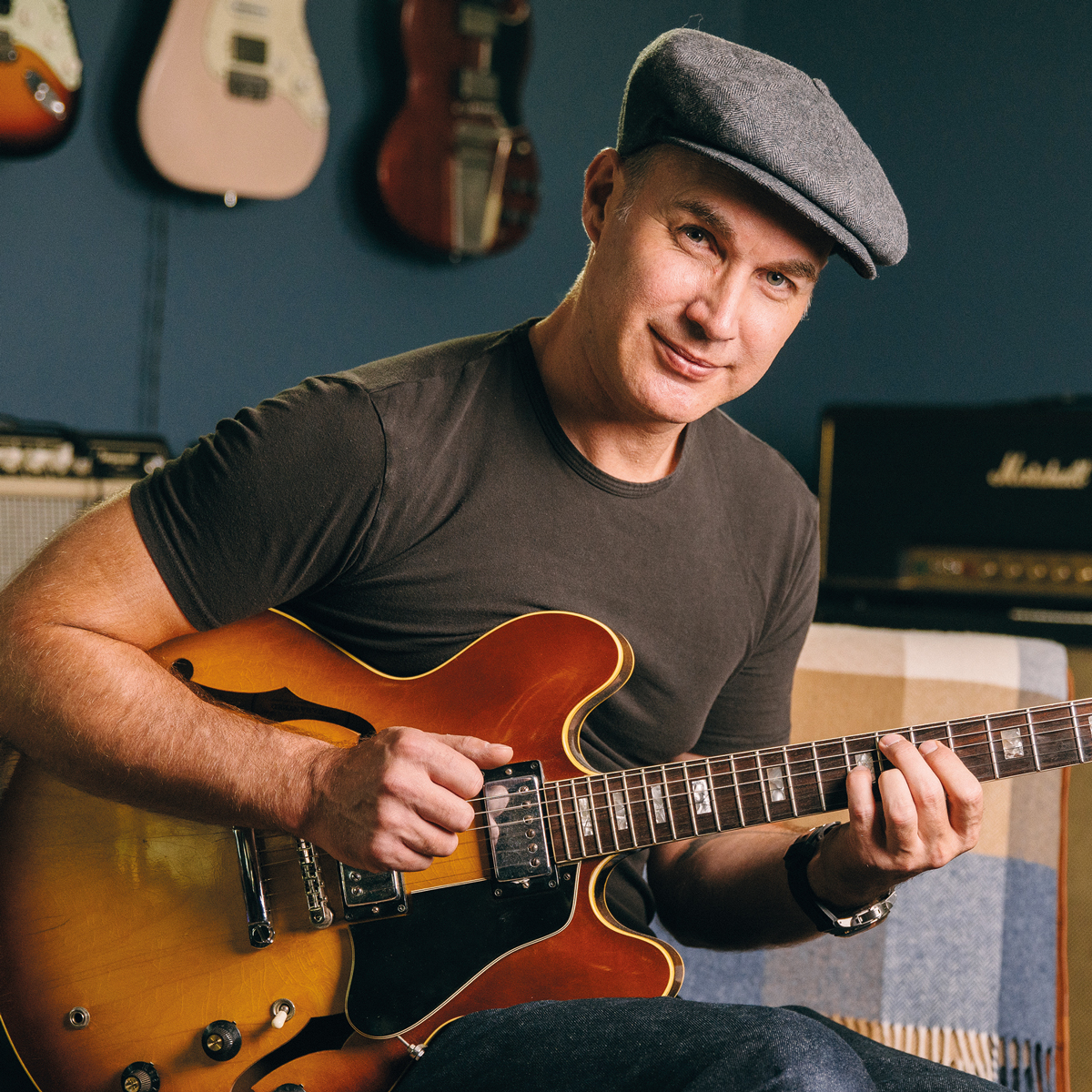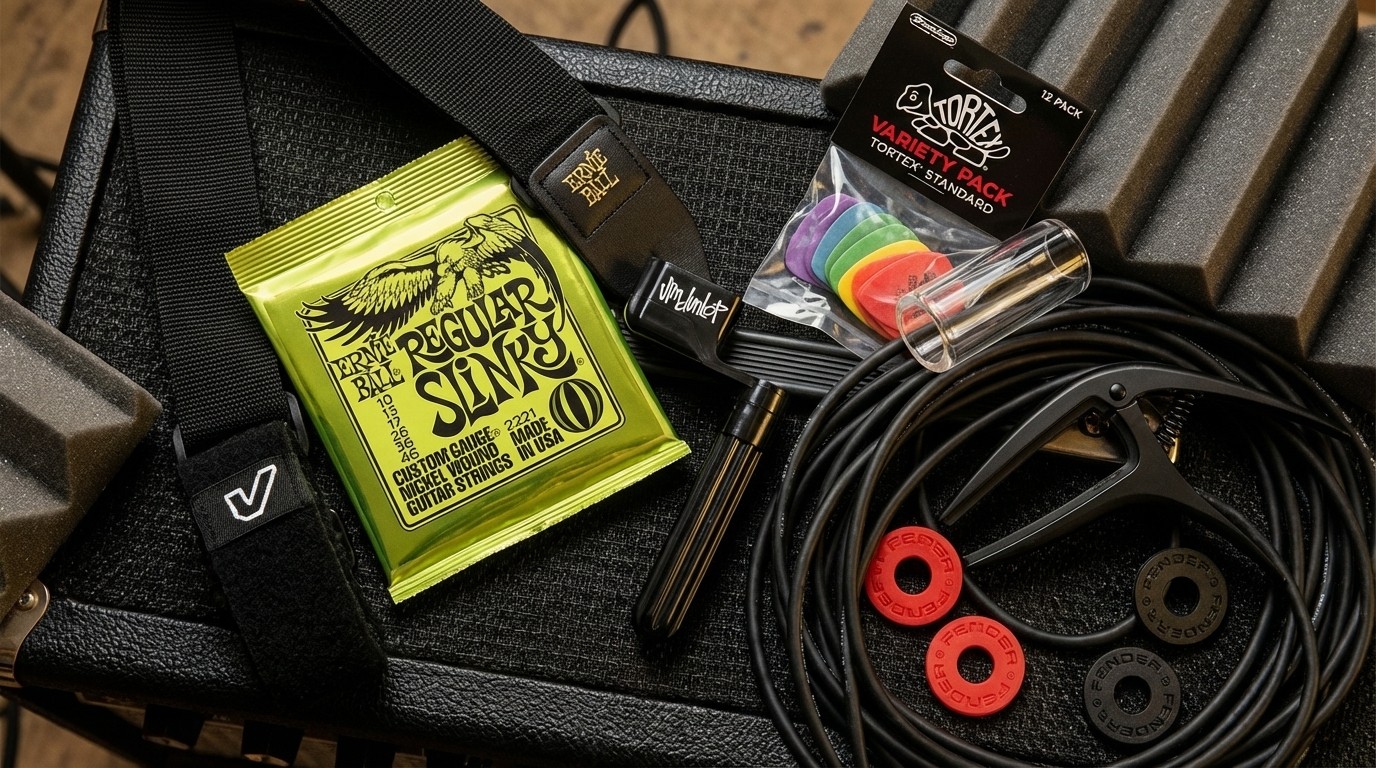5 hurdles every beginner guitar player faces - and how to avoid them
Justin Sandercoe lends GT his insight as one of the world’s most successful guitar teachers

Even though I’ve been playing now for almost 40 years, I still feel like I have more to learn than I’ll fit in this lifetime.
Recently I’ve been re-examining the process of being a beginner guitar player and the struggles people encounter, and it seems at the beginning of the guitar journey there are a few very common hurdles that almost all beginners face.
Knowing about these will help beginners avoid them and teachers help them to never happen.
- Just getting started? These are the best acoustic guitars for beginners
- Explore the best guitar gear and accessories for beginners
- These are the best beginner electric guitars right now
1. Finger pain
The first hurdle almost every new player faces is Finger Pain! Many experienced players will have completely forgotten about this, but the pain is real. It’s such a big deal in fact that the next installment of this column will be dedicated to exploring ways to avoid it - it’s the most common reason that people give up.
In short, beginners should not practice for long periods, press down only when it’s really needed and be sure they are placing their fingers in the perfect position where possible (right next to the fret).
2. Chord changes
Once the pain starts to fade, the student then starts to notice that they can’t Change Chords as fast as they need to play songs (surely the point of it all). I’ve found getting students to do as many changes as they can in a minute and recording the results is the most effective tool in my online beginner course, One Minute Changes.
If you’re a teacher then you might want to check it out, the results are quite remarkable, even after a few weeks.
All the latest guitar news, interviews, lessons, reviews, deals and more, direct to your inbox!
3. Rhythm and strumming
A month or so in, when the pain has subsided and the fretting fingers are finding the chords faster, along comes the next challenge - rhythm and strumming. It’s a funny thing that moving one’s arm consistently and evenly in a relaxed way can be so hard - but it’s the biggest hurdle for most beginners.
I teach it now with the student muting the strings on the neck so no chord is played - it allows them to fully focus on the timing and making sure the hand and arm are relaxed.
Muted practice of a consistent strumming pattern over a few weeks is a very effective tool for anyone struggling with rhythm
The vast majority of beginner guitarists I meet are holding a lot of tension in their arms, so getting them to relax and feel the down strum as a drop can help and then there’s just a small amount of effort needed to raise the arm. There are times when the arm doesn’t move consistently, but for beginners I feel it’s by far the best approach; the arm will move evenly, down on the beat, up on the ‘ands’.
Muted practice of a consistent strumming pattern over a few weeks is a very effective tool for anyone struggling with rhythm - and one I still employ for my own practice of more difficult rhythms - removing the note part really allows us to focus intensely on the time.
4. Picking individual strings
Most beginners decide they’d like to pick notes individually too and then they discover that Picking Individual Strings is another new challenge. I’ve found that using a fourth finger anchor on the guitar body is the most effective tool for beginners.
Of course there is a massive range of techniques available for more advanced players, and they can and should be taught later - but in the beginning, I think the most effective route is learning to just use down picks on individual strings and letting the hand learn where the strings are.
5. Learning songs
A beginner’s journey should, in my humble opinion, be centered on Learning Songs. I recommend half of all practice time should be playing songs, if not more. I’ve met many frustrated students that have been taking lessons for six months and done a wide range of scales and exercises but no songs, and they’re ready to quit.
We all get into music to play songs and music we love - so if you’re a teacher, give them as many songs as you can; and if you’re struggling to find good beginner songs you can now choose songs by chords on the ‘songs’ page of my site and I’ve had a lot of great feedback from teachers.
When you add a backing track and have the melody played plus drums and bass, it makes the playing songs experience so much richer and fun for a beginner
Not wanting to sound like a salesman, but my Beginner Song Course App is a kind of guitar karaoke with hundreds of songs - the perfect beginner tool because most beginners will struggle to sing and play at the same time, and just bouncing between two chords can be pretty boring.
When you add a backing track and have the melody played plus drums and bass, it makes the playing songs experience so much richer and fun for a beginner - again I get amazing feedback from teachers that recommend it for their students. They have so much fun that they stick at playing a lot longer.
I hope this is of value to any beginners, or teachers that are working with new guitarists, as it makes the initial stages of the journey that bit more fun. Wishing you safe travels and much laughter!
For more information, head to Justin Guitar.
Justin Sandercoe – aka JustinGuitar – is one of the world's foremost guitar tutors. His learning platform, JustinGuitar, was founded in 2003, and its launch on YouTube in 2006 quickly made Justin's lessons some of the most popular on the web. Today, JustinGuitar has over 1.5m subscribers on YouTube, and the website is home to over 1,300 free video guitar lessons. Tommy Emmanuel, Mark Knopfler, Steve Vai and Brian May are among the A-list names who recommend Justin's guitar courses.

